Five reasons to live in Wimbledon
As one of the most iconic tennis tournaments gets underway at Wimbledon, Annabel Dixon lifts the lid on the leafy London neighbourhood.

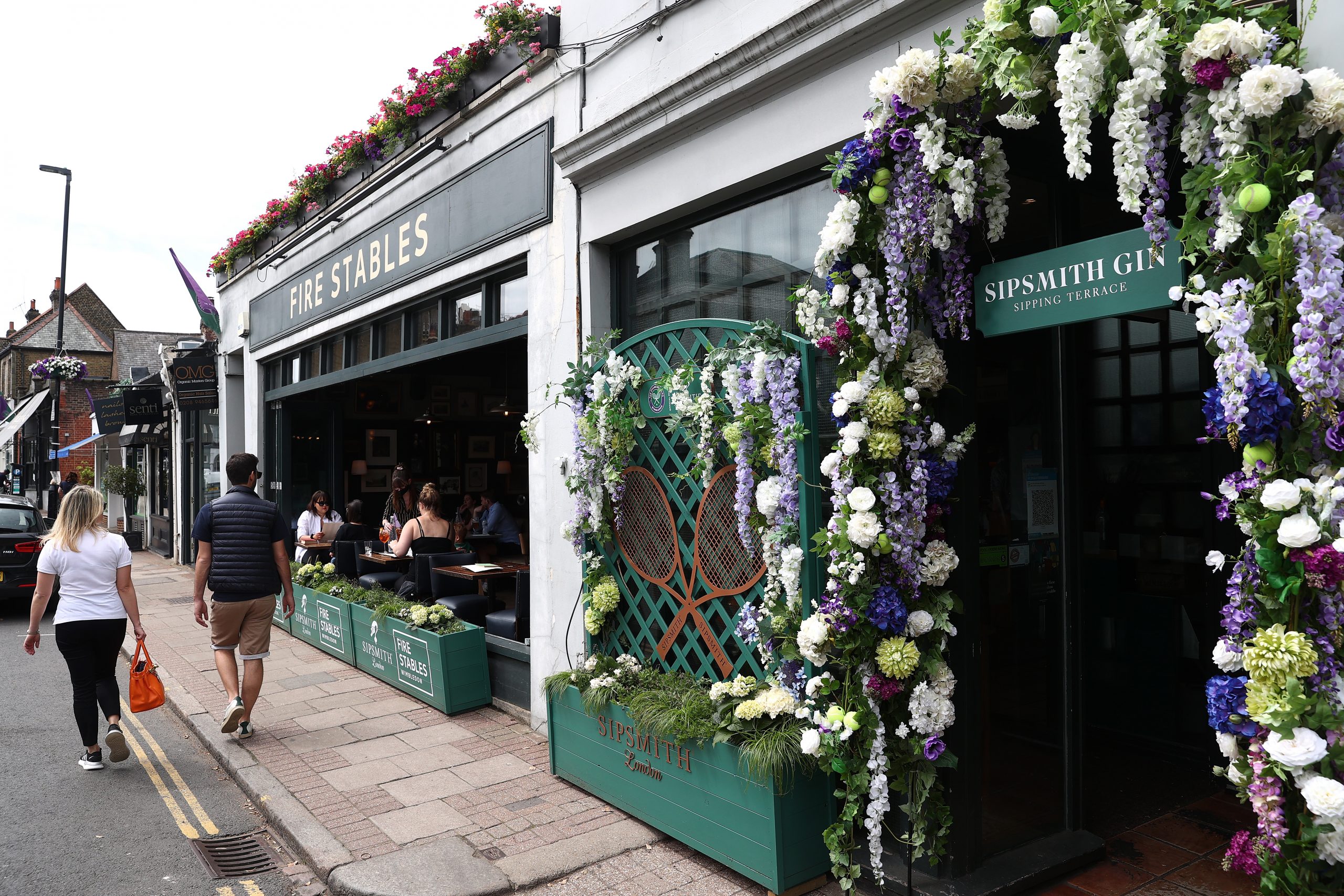
Have you heard the sound of the ball bouncing on the neatly-cut grass or the crowds roaring yet? If not you soon will because Wimbledon, the oldest tennis tournament in the world, is on.
We'll all be gripped by the action on the hallowed ground of the All England Lawn Tennis & Croquet Club (AELTC), and as you sit back and enjoy the action it's hard not to wonder what it would be like to live in this corner of London.
The iconic tournament shines an international spotlight on SW19, a hugely popular part of south west London. We explore the leafy neighbourhood.
1. The housing market in Wimbledon: What you need to know
House prices in Wimbledon have climbed 14% since 2019. During that time, the pandemic-fuelled race for space has left its mark on the local house market. Houses in the neighbourhood have seen quadruple the price growth of flats, with prices up 24% and 6% respectively since 2019, according to Hamptons analysis of Land Registry data.
House price growth in Wimbledon has been slower than in the rest of the country over the past year, with values increasing by an average 1.4%. This is ‘fairly typical’ of prime areas, where prices have grown less than more affordable areas, Hamptons adds.
You’ll need deep pockets though. The average price of a Wimbledon home now stands at £894,690.
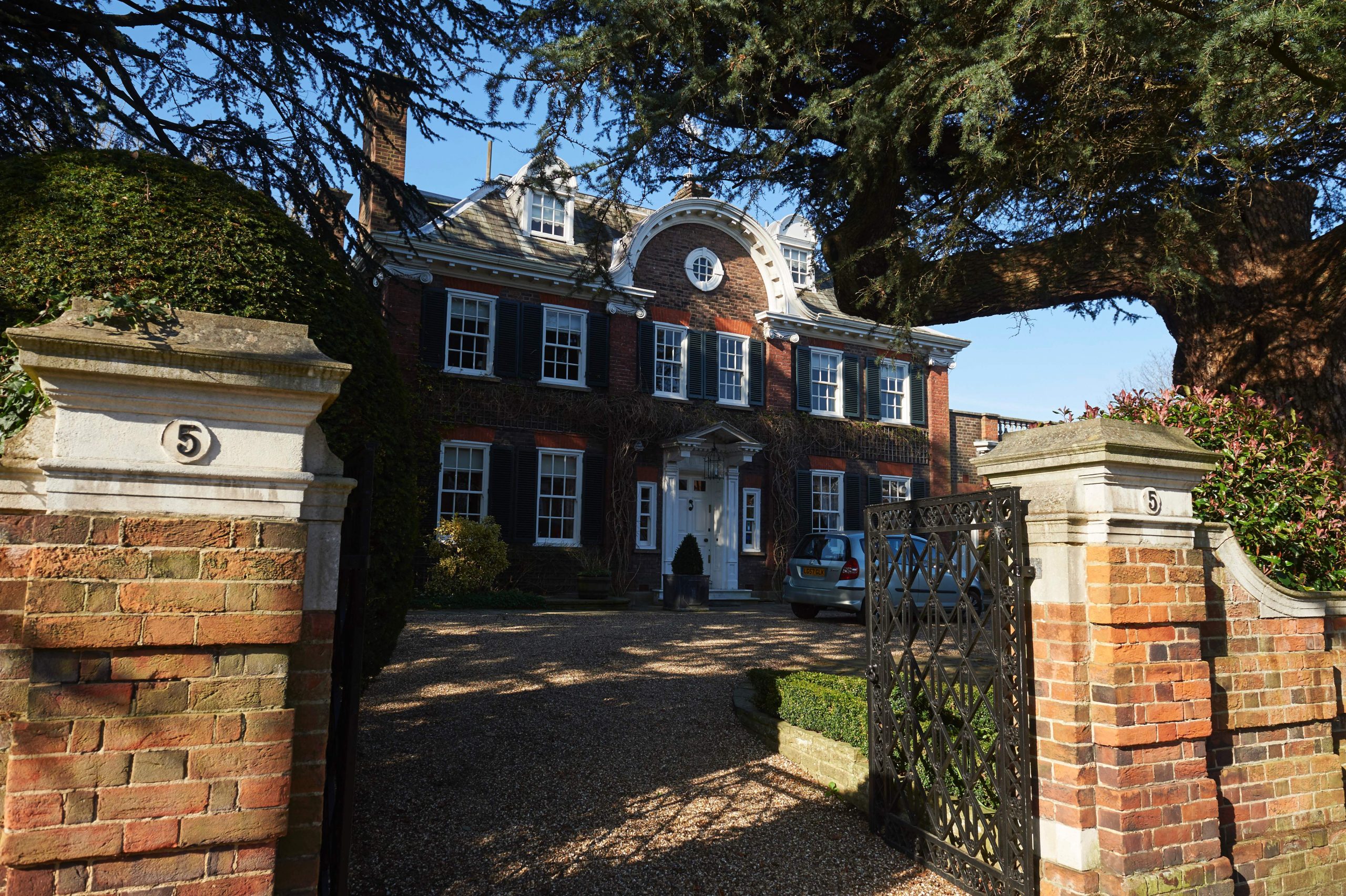
Despite the wider challenges in the house market, Wimbledon is currently seeing ‘a robust period of activity’, reports Knight Frank’s senior research analyst, Chris Druce.
Exquisite houses, the beauty of Nature, and how to get the most from your life, straight to your inbox.
Various housing market indicators in the three months to May were higher than the five-year average (excluding 2020), Druce points out. Offers were up by 3%, prospective buyers were up by 13.5%, and exchanges were up by 20%.
During those same three months this year, 25% of properties in Wimbledon sold within three months, compared with 17.5% across central London. The majority of homes in Wimbledon, as well as neighbouring Putney and Barnes, are sold within six months of coming onto the market, JLL analysis of LonRes data reveals.
John Keeble, head of sales at Hamptons Wimbledon office, says: ‘I worked in Wimbledon during the recession at the end of the 80s and early 90s, the market remained stronger and more resilient than many others areas due to the international nature of the area and quite a lot of ‘old money’. We are finding the same now in the current economic climate. The number and level of sales has remained similar in spite of higher interest rates.’
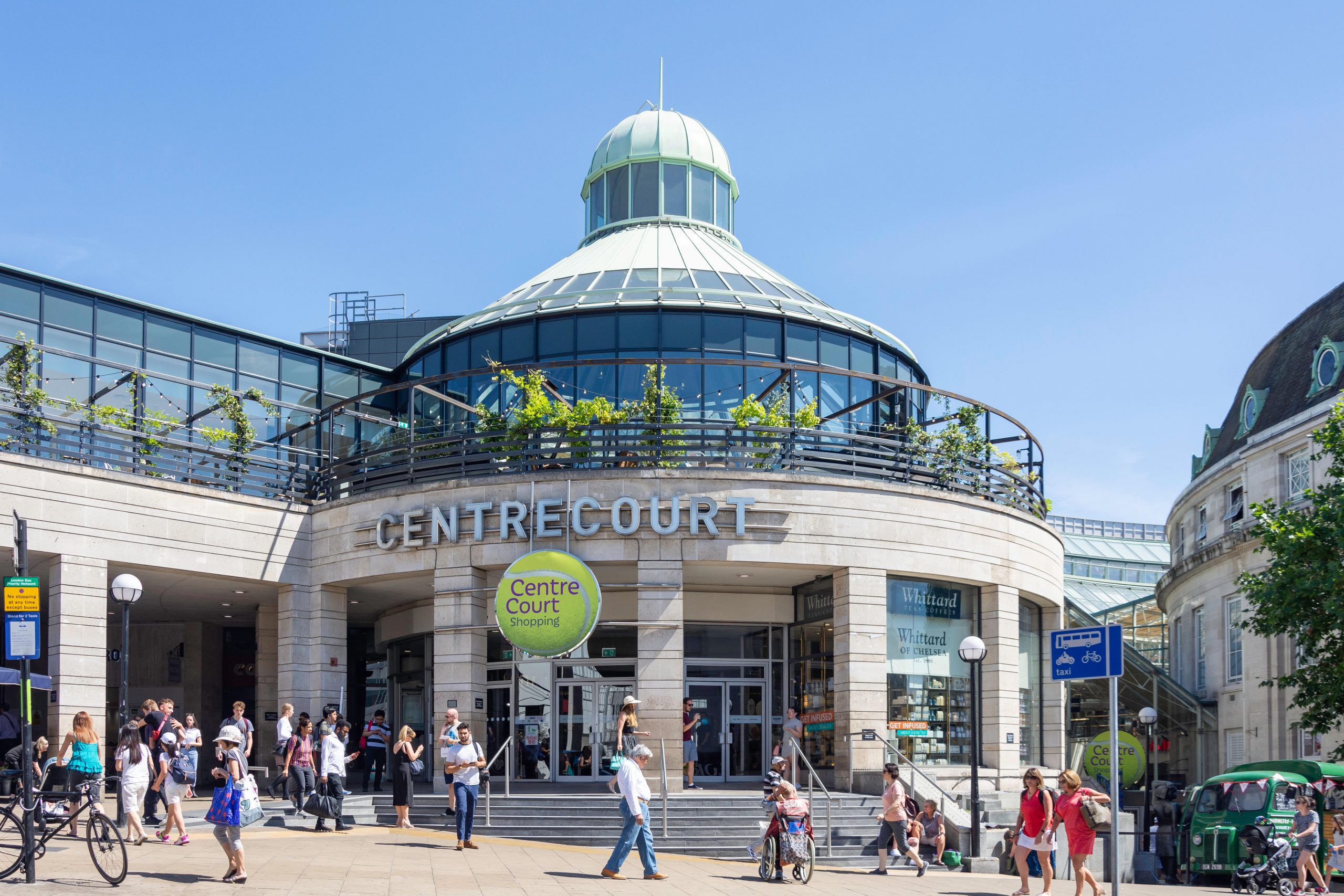
2. How much do people living in Wimbledon make from renting out their houses?
If you’re a homeowner in Wimbledon, you could make a tidy sum by tapping into soaring rental demand during the tennis season. Enough to escape the crowds and enjoy a jolly nice fortnight away.
Rents naturally vary widely, depending on the size and quality of property as well as proximity to the tennis club.
If you’re lucky enough to have a place to let during the tennis period, you could expect a 400% premium, with a top notch five-bedroom house commanding as much as £18,000 per week, according to Amelia Redington, lettings board director of Jackson-Stops Wimbledon branch.
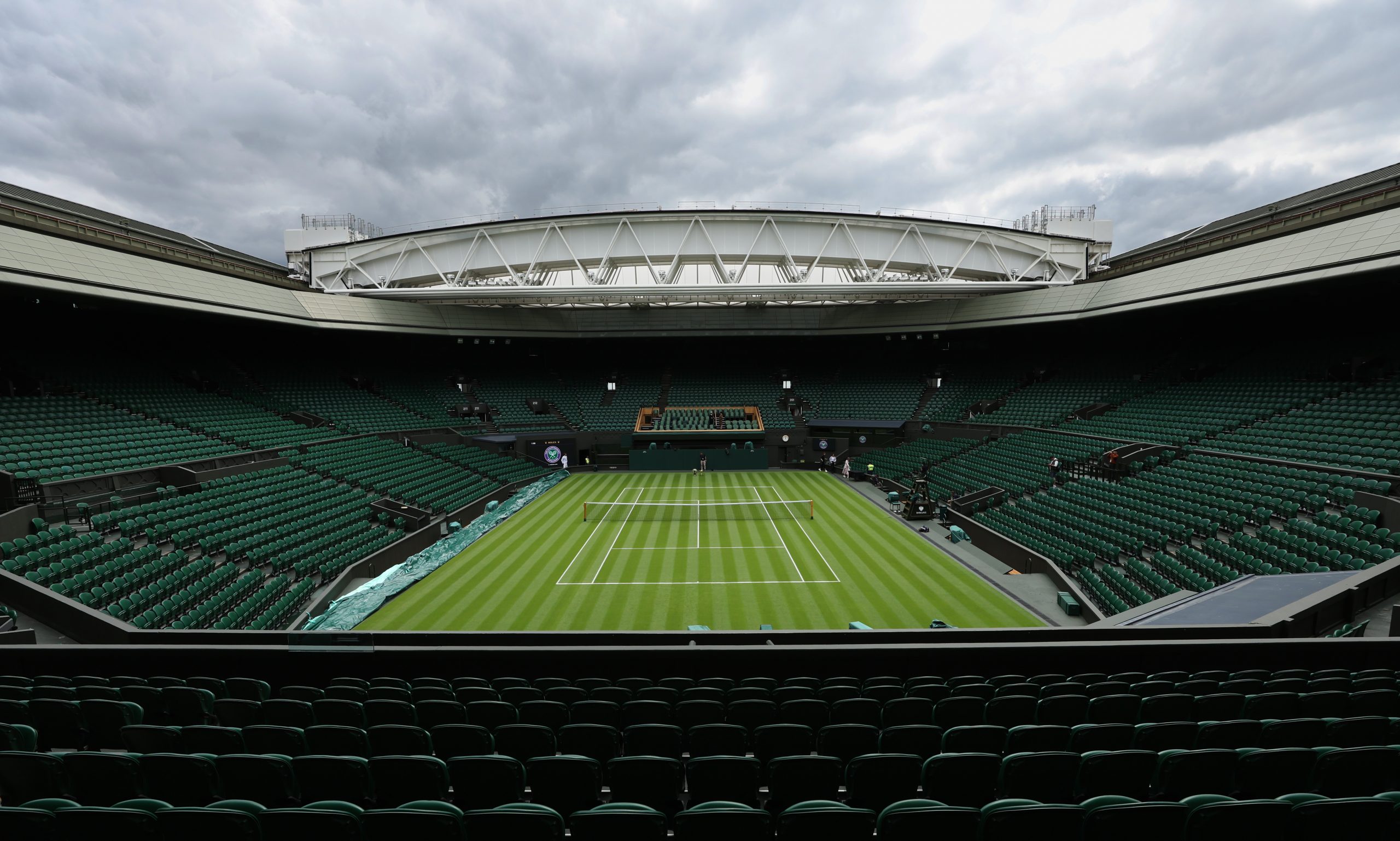
Hamptons suggests ballpark figures of around £6,000 - £7,000 per week for a large house at the higher end of the market close to the action. To get a taste of the deluxe tennis let market, have a look at this five-bedroom, five-bathroom detached house close to Wimbledon Village and Wimbledon Common, available for a cool £9,500 per week.
At the other end of the scale, for a smaller property slightly further away, you could expect around £1,500 per week.
3. Wimbledon's schools are almost as good as its tennis facilities
Wimbledon has a range of private and state schools, rated outstanding and good. They include King’s College School and Wimbledon High School. It’s little wonder that the area is popular with families.
Redington explains: ‘More recently, we have seen a number of prospective tenants from overseas compelled to Wimbledon’s housing and recreational offerings, as well as its renowned educational institutions including King's College and the prestigious Norwegian school, attracting these international residents seeking quality education for their children.’
4. The Great Outdoors is on the doorstep for Wimbledon residents
One of Wimbledon’s USPs is its green space. It’s home to Wimbledon and Putney Commons which total a whopping 1,140 acres of countryside. This is where you’ll find horse riding, golf — and even a windmill.
There’s also Wimbledon Park — location of the AELTC itself — which has a lake, athletics track, tennis courts, and adventure golf. Richmond Park is close by too. If you’re the outdoorsy, sporty sort, you’ll no doubt feel right at home in Wimbledon.
5. Village ambiance
Wimbledon is well-connected to the heart of London yet still retains a neighbourhood feel. It has two distinct areas: quaint Wimbledon Village and the bustling town centre, the latter the location of the Centre Court shopping centre (see what they did there?) and the station, which has National Rail, London Underground and Tramlink services.

The village, at the top of the hill, is highly sought-after. Think traditional pubs, boutique stores and chic cafes.
‘Wimbledon holds an irresistible appeal for those seeking a blend of village ambiance and convenient proximity to the bustling City of London. Its prime location, just a stone's throw away from the capital, makes it an ideal choice for those who desire easy access to the city's offerings,’ says Redington. ‘Complete with quaint shops and the occasional sight of horses strolling through its streets, Wimbledon lends a distinct character that sets it apart from other areas.’
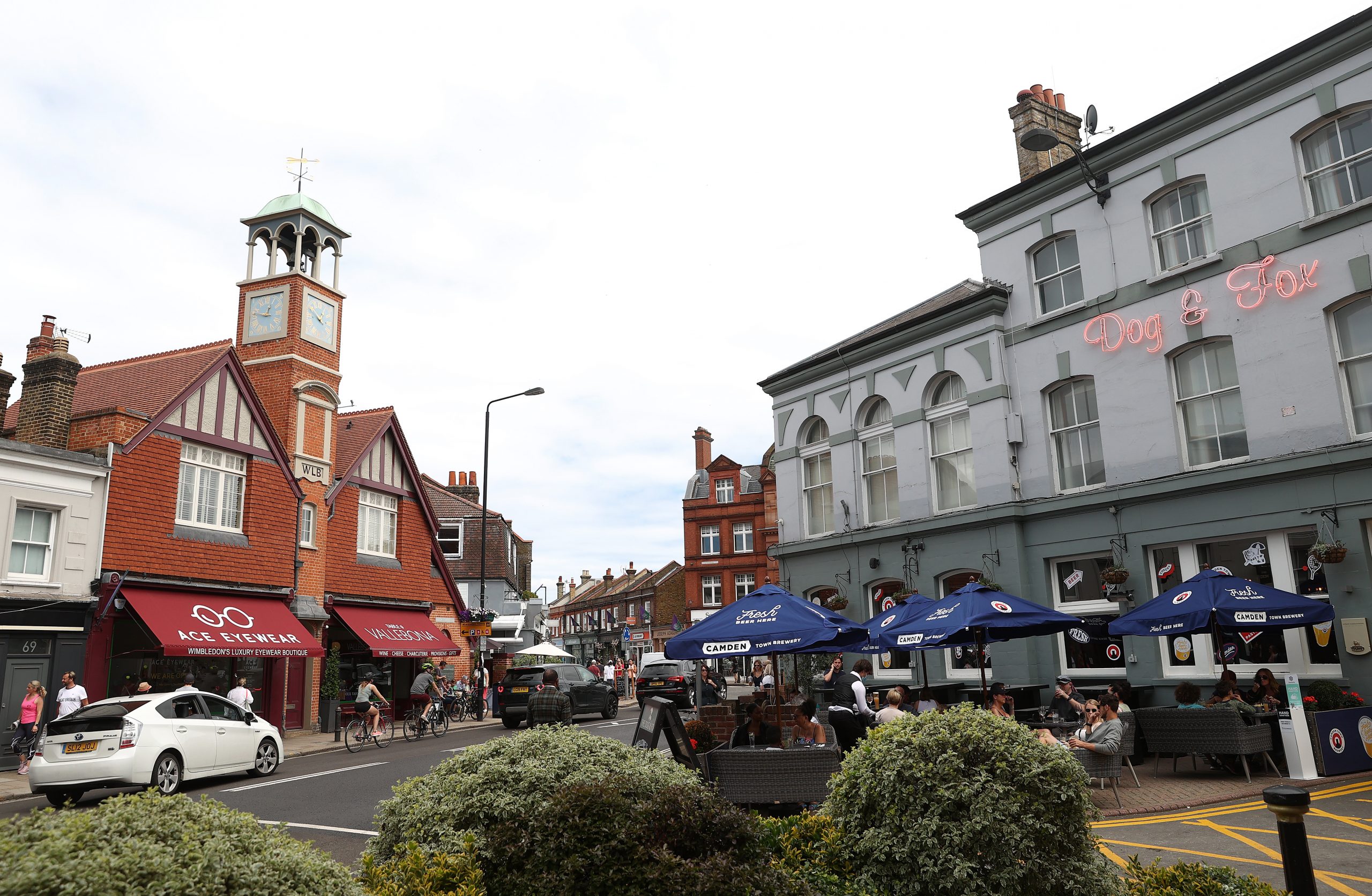
One of her highlights is the weekly Sunday market in Wimbledon Village, which attracts the local community, including young families, sports enthusiasts, and retirees.
Keeble adds: ‘The Wimbledon tennis tournament brings a great festival spirit to the village, with highly decorated shops and businesses who want to make the already-pretty village into a place of great colour and spectacle.’
All in all, it's a great place to live — and if you're convinced, take a look at our round-up of the best properties on the market in SW19.

